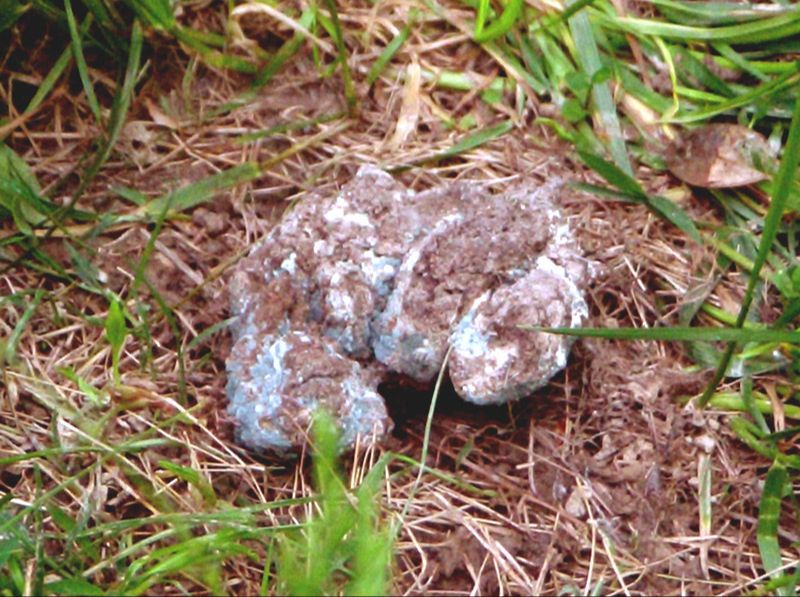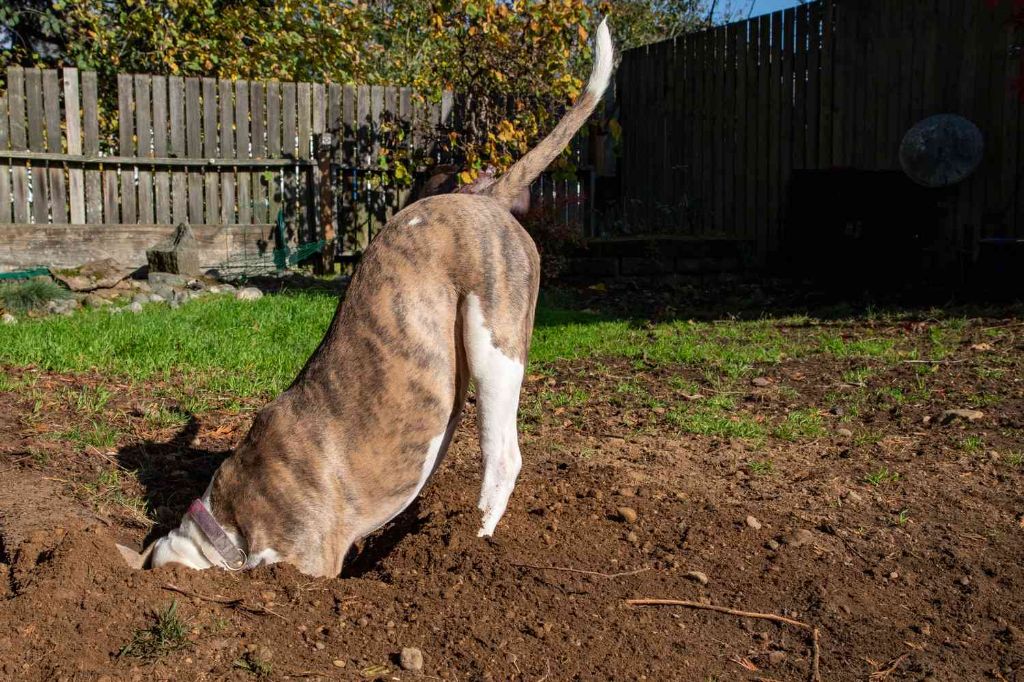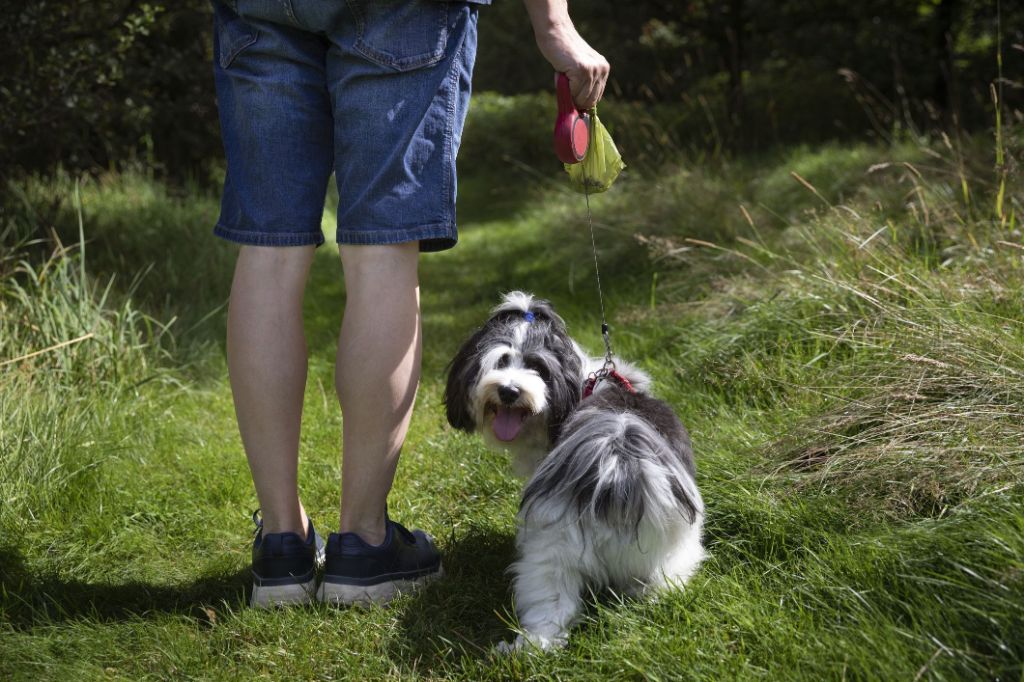Introduction
The slow decomposition of dog waste poses issues for public health and the environment. Dog feces contain microorganisms like bacteria, viruses, parasites and worms that can cause diseases in humans if they come in contact with the waste through ingestion, inhalation or skin contact [1]. These pathogens can persist in the environment for long periods if the dog waste is left on the ground and decomposes slowly. Slow decomposition allows the pathogens to spread to soil, water sources and other areas where humans may become exposed.
Aside from the health risks, dog waste that decomposes slowly also negatively impacts the environment. The waste contributes excess nutrients like nitrogen and phosphorus to the soil and water which can lead to algae blooms and change ecosystems. Dog feces also contains organic pollutants that can persist and accumulate if the waste is left on the ground. Proper and timely disposal of dog waste is important to mitigate these public health and environmental issues.
Health Risks
Dog waste contains harmful bacteria, viruses, parasites and pathogens that can spread diseases to humans if ingested either directly or indirectly. According to the Rhode Island Department of Health, dog feces carries germs like Salmonella, E. coli, Giardia and Parvo that can make people sick with diarrhea, fever and muscle aches [1]. The parvovirus is a highly contagious viral illness in dogs that causes bloody diarrhea, vomiting and fever. The parvo virus can survive in dog feces and soil for months or years and is easily transmitted through contact with infected feces [2].
These diseases are spread through direct contact with dog feces or when feces contaminates water, soil or food that is later ingested. Children are especially vulnerable when playing in areas contaminated with dog waste. Proper disposal of dog feces is crucial to minimize public health risks.
Environmental Impact
Dog waste can have a significant negative impact on the environment if not disposed of properly. According to the EPA, dog poop contains nutrients and pathogens that can contaminate soil and water sources (EPA).
Specifically, the nitrogen and phosphorus in dog feces can deplete oxygen levels that fish and other aquatic life depend on. It also encourages excessive algae growth that can disrupt the water’s ecosystem (USDA).
The pathogens like giardia and salmonella can spread to humans through surface runoff after rain events or irrigation. They have the potential to cause health issues if people come into contact with contaminated water (Doody Calls).
According to the EPA, the waste from just 100 dogs over 2-3 days could be enough to temporarily close an entire bay or watershed area due to bacterial contamination (Doody Calls).
That demonstrates the sizable impact dog feces can have if allowed to accumulate and leak into soil and waterways. Proper disposal is crucial to mitigate environmental damage.
Importance of Proper Disposal

Properly disposing of dog waste is critical to prevent the spread of disease and protect the environment. According to Doggy Doo Good, dog feces contains dangerous bacteria and parasites like e Coli, Giardia, Salmonella, roundworms, hookworms, and whipworms. If left on the ground, these pathogens can be transmitted to other dogs who come in contact with the waste. The parasites’ eggs can survive in soil and grass for years. Humans who accidentally ingest dog feces, contaminated soil, or contaminated water are also at risk of infection.
Dog waste that is not picked up also poses environmental risks. According to the Four Paws organization, the waste can get washed into storm drains and waterways, contributing to algae growth and oxygen depletion that harms aquatic ecosystems. The ammonia and bacteria overload stresses the aquatic environment. Responsibly disposing of dog poop prevents these health and environmental hazards.
Decomposition Process
Decomposition of dog waste happens through the natural process of aerobic digestion. This involves beneficial microbes, insects, and organisms that break down organic matter. There are several factors that affect the rate of decomposition:
Temperature – Warmer temperatures speed up the activity of microbes and thus decomposition. Dog poop may take 1-2 months to decompose when temperatures are above 60°F, but can take up to a year in colder weather.
Moisture – Adequate moisture is needed for microbes to thrive. Dog waste may mummify and take longer to break down if conditions are too dry. But excess moisture can also slow decomposition by depriving microbes of oxygen.
Soil Properties – The chemical and physical makeup of the soil impacts decomposition. More porous, loamy soils with neutral pH allow better circulation and microbial activity.
Accessibility to insects – Worms, beetles, and other insects help break down dog waste and incorporate it into the soil. Burying dog poop limits this process.
Aeration – Aerobic microbes require oxygen. Turning and mixing dog waste into the soil provides better aeration and speeds decomposition.
With ideal conditions, most dog waste will decompose within 1-2 months. But certain environments and disposal methods can either accelerate or inhibit the process.
Speeding Decomposition
There are a few methods that can help speed up the decomposition of dog waste in your yard.

Burying Dog Waste
One of the quickest ways to decompose dog poop is to bury it. Digging a hole about 5 inches deep and burying the waste can reduce the smell and speed decomposition compared to leaving it on top of the ground (Source). The buried poop has more consistent contact with soil microorganisms and moisture to help break it down. Just be sure to bury it away from vegetable gardens or anywhere food is grown.
Composting Dog Poop
Adding dog poop to a compost bin can be an eco-friendly way to speed decomposition. Special care must be taken to maintain proper temperatures and microbial balance in the compost to break down dog waste safely (Source). Some key tips are to only use waste from healthy dogs on a balanced diet, keep the compost moist and aerated, and let the finished compost cure for 1-2 years before using in gardens.
Commercial Accelerants
There are also commercial dog waste accelerants that can hasten decomposition. These products contain enzymes, microbes, and odor reducers tailored to break down dog feces quickly. Simply spraying or sprinkling over dog poop before disposal can reduce the waste within days compared to weeks or months without (Source). This makes cleanup faster and easier.
Burying Dog Waste
One common way to speed up decomposition of dog waste is to bury it. When burying dog poop, it’s recommended to dig a hole 6-8 inches deep. This puts the waste deep enough underground where it won’t easily be dug up or spread around by animals.
Burying dog poop can help decompose it faster by exposing it to soil microorganisms and moisture that will help break it down. The soil provides an ideal environment for aerobic bacteria, fungi, and other decomposers to act on the organic waste. As these microbes metabolize and digest the waste, it gets converted to simpler organic and inorganic compounds.
Proper technique is important when burying dog waste. You’ll want to choose a site away from vegetable gardens, play areas, or sources of water. Dig the hole, place the waste inside, and cover it back up with the displaced soil. Marking the site can help you remember where you buried it. Make sure to bury all pet waste, including used cat litter.
Overall, burying dog poop can be a convenient and effective method for speeding up its decomposition if done properly. The key is putting it deep enough underground so it won’t cause problems (Source: https://www.treehugger.com/what-should-you-do-your-dogs-poop-4864020).

Composting Dog Poop
Composting dog poop is a natural method of reducing waste volume while creating a nutrient-rich compost for home gardens. Properly composting dog waste requires following certain steps to encourage decomposition and kill pathogens.
The key is maintaining a hot compost pile by using the right carbon materials. According to the USDA, ideal carbon sources are sawdust, straw, wood chips, shredded newspaper or cardboard. These bulk up the compost and improve air flow. Aim for a carbon to nitrogen ratio between 25:1 and 30:1.
Mixing the dog poop thoroughly with carbon materials prevents clumping. Turn the compost pile weekly to aerate it. Monitor temperature and moisture – the pile should reach 140-160°F to kill pathogens. Water lightly if needed to maintain 40-60% moisture.
After 4-6 months, the composted dog poop will be safe to use in non-edible gardens. Always use gloves when handling. Composting can reduce dog waste volume by 50% or more.
Commercial Accelerants
There are several commercial products available that contain enzymes or beneficial bacteria that help speed up the decomposition of dog waste. These products can be mixed into the poop or sprayed on top to accelerate the breakdown process.
Some popular enzyme-based products include Pet Waste Wizard Digester Sachets and Dog Waste Enzyme. These contain concentrated forms of enzymes and bacteria that help digest and liquefy solid waste.
The main benefits of enzyme products are that they speeds up decomposition, reduces odor, and makes waste easier to clean up. They provide an eco-friendly alternative to chemical cleaners. However, they can be more expensive than homemade solutions and need to be reapplied regularly.
When using commercial accelerants, it’s important to follow label instructions carefully. Applying too much may temporarily increase odor as the bacteria activate. Overall, enzyme products provide a convenient way to tackle the problem of slowly decomposing dog waste.
Proper Disposal Habits

Picking up after your dog is just the first step – proper disposal is equally important. Carrying bags while walking your dog ensures you are always prepared to clean up after them. Look for public trash cans or pet waste stations along your walking route to dispose of the waste. If none are available, carry the waste with you until you find an appropriate receptacle. Some tips for easy disposal:
- Keep a roll of waste bags handy by your door or in your pocket when walking your dog.
- Tie the bags tightly so the waste doesn’t spill out.
- Look for trash cans in public parks designated for pet waste disposal.
- Don’t place dog waste in private residential garbage cans.
- If no public cans are available, transport the waste home for disposal.
- Consider a portable and reusable container to store the waste while walking.
Overcoming barriers like forgetting bags, full bins, or lack of motivation will lead to better disposal habits. Be a responsible pet owner by properly picking up and disposing of your dog’s waste.